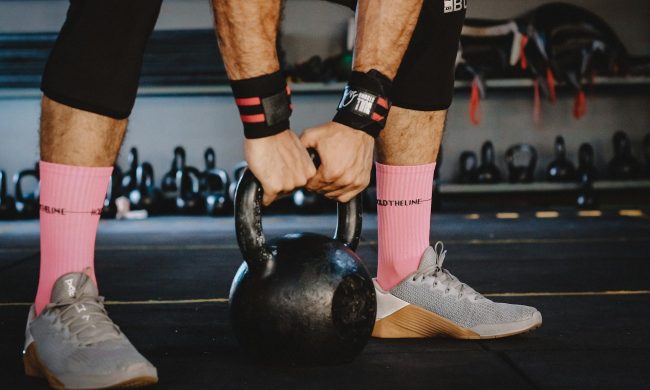Some weeks or months, it’s more difficult to fit training into your schedule while you’re juggling all the commitments of busy modern life. If you can only fit one or two workout sessions or three or four sets in that week, you might think this isn’t enough to see serious gains. New study results could surprise you and motivate you to get your body moving and your muscles pumping even on those busier weeks. Let’s look at the study, the results, and what we can take away from it.
The study

In the research available as a preprint on SportRXiv, the goal was to determine how factors like the total number of weekly sets and the total number of weekly sessions impacted strength gains and muscle growth. This expansive meta-analysis included 67 studies and over 2,000 individuals.
The results

The good news is that the researchers concluded that four sets a week is the minimum dose necessary for fueling detectable muscle growth, and just one set a week is the minimum effective dose necessary for fueling small but detectable strength gains.
Hypertrophy
They found that the weekly set volume or the total number of sets positively correlates with muscle growth, with diminishing returns beyond around 12-20 sets per muscle group per week. They also revealed that the best range for growing muscle is around 5-10 sets per week per muscle group. The researchers suggested that the total volume is more important than how often the sessions are programmed when it comes to hypertrophy.
Strength gains
The researchers showed that volume also positively correlates with strength gains, with a plateau after around four sets per muscle group per week. They concluded that the best range for strength gains is around two sets per week per muscle group.
The takeaway

While putting in more sets and weekly sessions generates more muscle growth and strength gains over time, this research shows diminishing returns past certain points that are worth keeping in mind.
Results vary based on individual factors. However, as the researchers stated, training a muscle group for just four sets a week is the minimum effective dose that yields ‘detectable improvements’ in muscle growth.
Most importantly, what we can take away from this is that even if you can only get in one set per week, you’ll still see small strength gains over time. If you can only manage four sets per week, you’ll still be making those muscles bigger, so it’s worth putting in the effort, even if it takes a little longer to achieve your goals. You should give yourself some credit and appreciation for taking positive steps to improve your health and boost your muscle power.




